Gowanus Canal kelp farm celebrates its first commercial harvest
May 19, 2023, 12:13 p.m.
Kelp grown in the canal is too toxic to eat, so the RETI Center will experiment with new, climate-friendly uses for the crop, including making plant-based concrete.
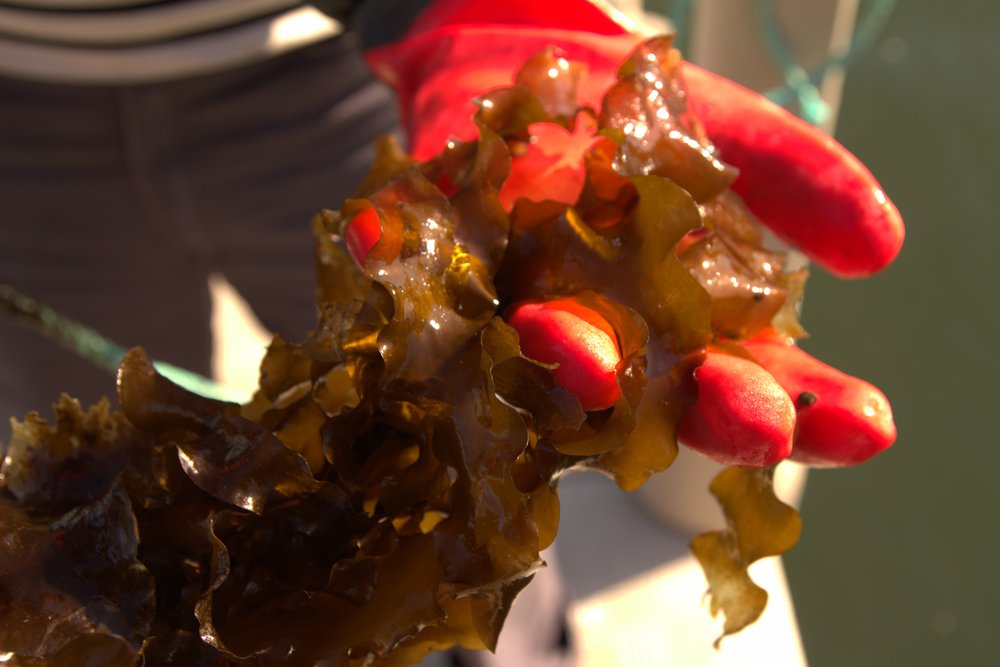
On Thursday evening, a small, underwater farm in Gowanus celebrated its first harvest. The crop, 20 pounds of dried kelp, was stored in burlap sacks hanging from the rafters of an old, disused barge.
The RETI (Resilience, Education, Training and Innovation) Center, an environmental organization modeling climate adaptations, has been growing the kelp since December in Gowanus Bay, located at the mouth of the infamously polluted canal.
The project offers a natural means for cleaning the decades of industrial contamination infused in the waterway. But RETI is also marketing its harvest as an ingredient in “kelp-crete” – a stronger, less carbon-intensive alternative to conventional Portland cement. Concrete manufacturing currently represents 8% of global emissions, or twice that of all plane travel.
But the decision to monetize it has created some polite division among NYC’s kelp farming community (Yes, that’s a thing).
“We didn’t really have any expectations,” said Tim Gilman-Sevcik, executive director of RETI, which is headquartered in Red Hook. “We try a lot of things without knowing if they’re going to succeed, and oftentimes they don’t succeed at all. This has been a pretty amazing success.”
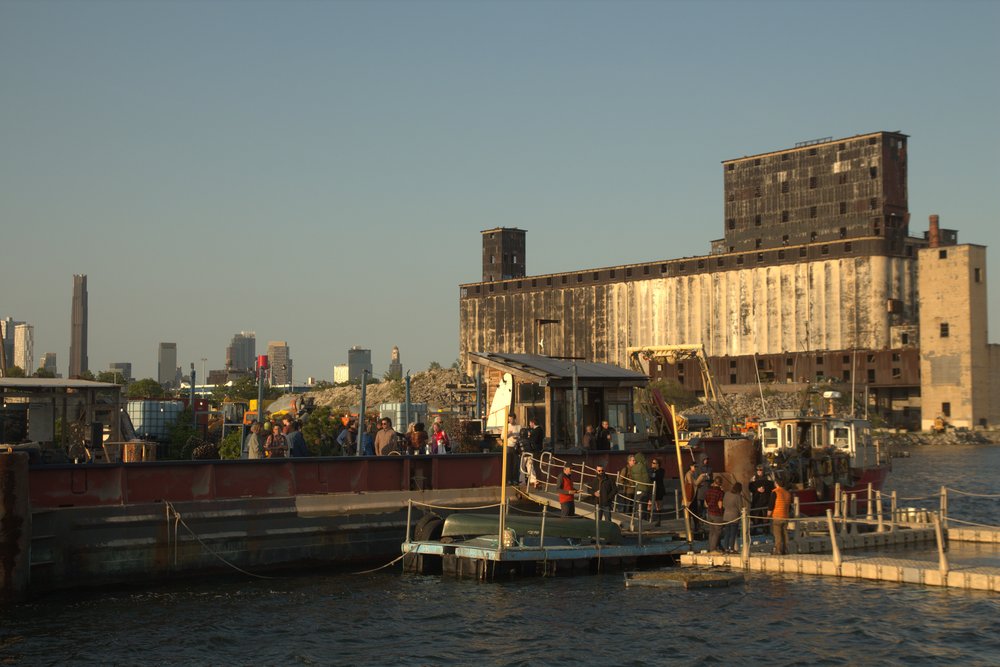
Kelp has been grown around the world far longer for food, or to be processed as a binding agent in toothpaste and cosmetics. But after more than a century of industrial abuse, the Gowanus Canal produces kelp so toxic even animals cannot eat it, and volunteers could only touch the seaweed with rubber gloves on Thursday.
That, according to Gilman-Sevcik, is exactly the point.
“There’s an uptake of the heavy metals and some of the other toxins that are in the water that get trapped into the kelp,” he said. With every frond harvested, Gowanus Bay grows a little cleaner.
This year alone, investments in commercialized kelp — a common, quickly growing family of seaweed — have grown vastly. In February, Amazon sunk €1.5 million ($1.6 million) into a farm off the coast of the Netherlands and a month later, Microsoft followed suit with a company growing open-ocean kelp off Maine and Iceland. Both farms are carbon removal marketplaces, meaning companies can invest in the carbon-capturing kelp to offset their emissions.

This recent success has earned RETI the grant funding to quadruple the farm next year: up to four-and-a-half acres stretching across the bay. In the future, RETI may also grow kelp in Jamaica Bay, Queens. John Quadrozzi Jr. leases the water in Gowanus Bay to RETI for free, and owns a plot more than twice the size in the Vernam and Barbadas Basins, located opposite Rockaway Beach.
“That’s the longer-term plan,” said Quadrozzi, “to get them over there.”
Even at that scale, however, the kelp's impact is limited compared to the scale of human pollution. If it were able to match a similar project growing the same species of kelp in Puget Sound, Washington, RETI’s two expanded farms could, at peak growth, remove just under 2.8 metric tons of carbon in a year. That’s equivalent to the carbon dioxide a typical passenger car emits in seven to eight months. Both farms at maximum capacity could remove about as much nitrogen as 50 bags of garden fertilizer.
So to boost the kelp’s impact, RETI will sell it as an additive to concrete. When it is dried and milled, kelp can make up to a fifth of a batch of “kelp-crete.” RETI’s maximum yield of dry kelp could create almost 65 tons of kelp-crete.
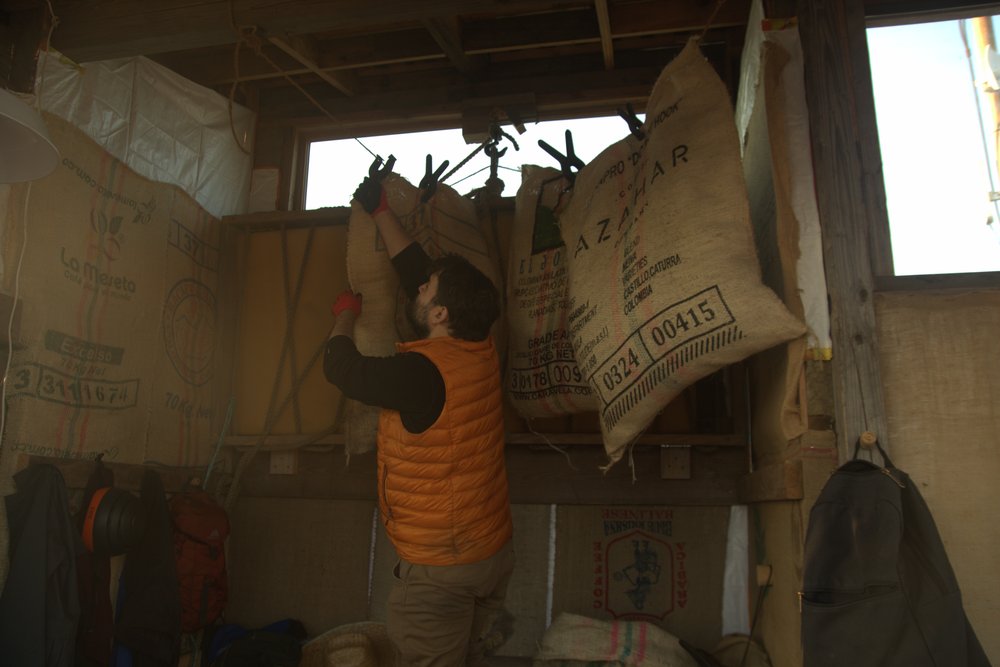
Still operating at a local scale, the farm could then sequester more than double the amount of carbon than if the kelp was discarded after harvest. The same toxic heavy metals that kept volunteers from handling the kelp would also be locked away inside the kelp-crete more permanently.
But not everyone is convinced. A nearby project in Newtown Creek grows kelp not to harvest, but to leave in the water as a “biome” or small kelp forest.
“I don’t see Newtown Kelp as a product,” said Shanjana Mahmud, who runs the program.
Mahmud initially served on an informal advisory board when RETI began planning its farm last year, but stepped back when she learned of their plans to monetize the kelp, in concrete or otherwise.
“I am anything but a kelp skeptic,” she said. “I am a greenwashing skeptic …There’s not enough critical, serious work done to vouch for these claims they’re making.”
To produce kelp-crete, RETI plans to partner with EDM, a Dutch engineering firm.
“If you really want to say this is ecophilic concrete — is what they’re doing enough or is it just a way that they’re allowing something that isn’t completely true to get funding?” Mahmud said.
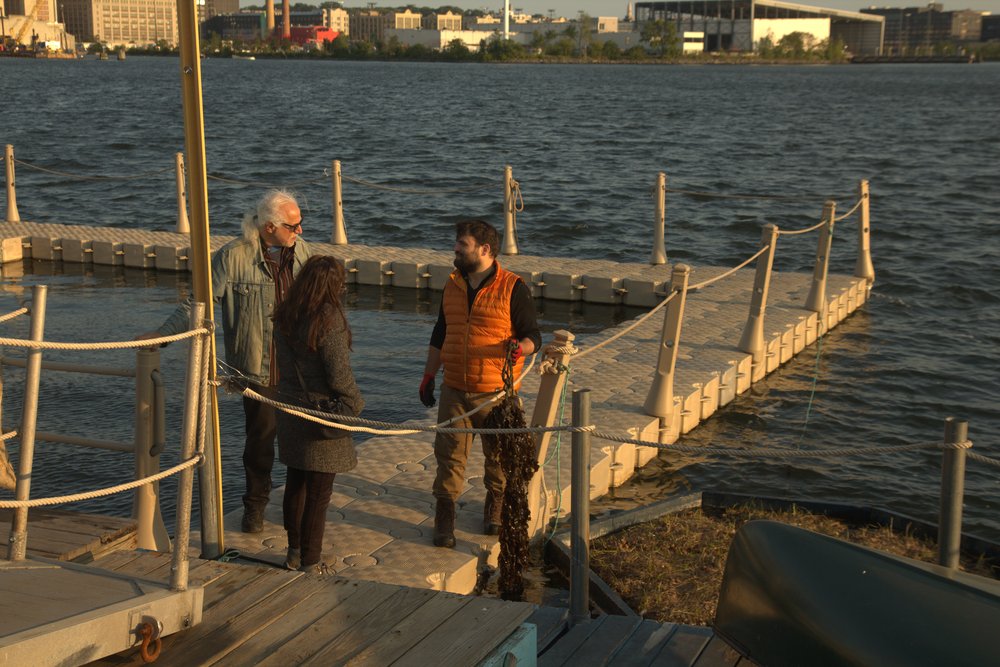
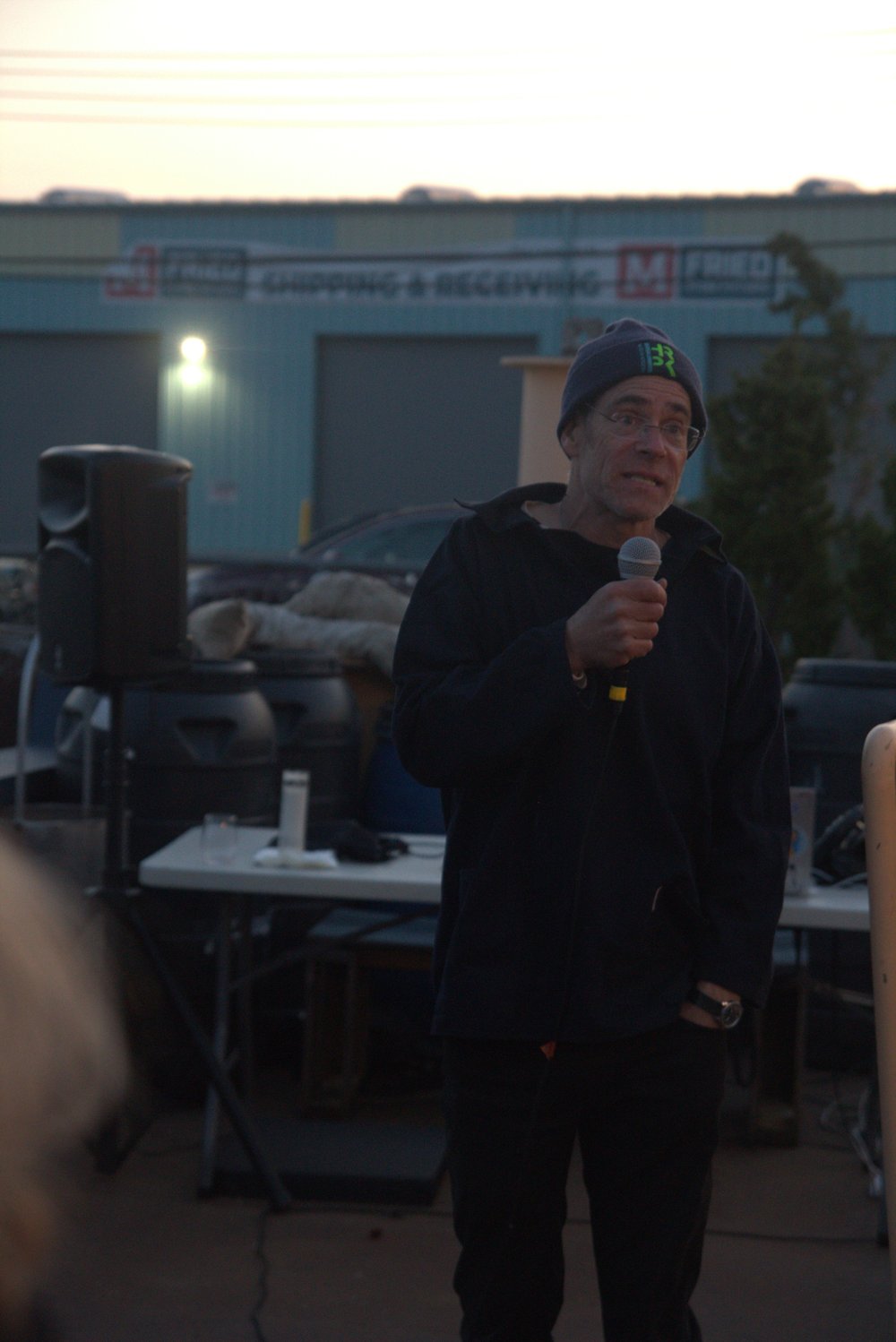
For Gilman-Sevcik, monetizing kelp is a necessary step for the greater good.
“I think that the way you make things sustainable is that they have to become self-supporting at some point,” he said. “We do believe that in order for things to grow there has to be some kind of way that it goes into the market.”
In the meantime, a sample of RETI’s kelp is undergoing analysis at a National Oceanic and Atmospheric Administration lab in Charleston, South Carolina. A new combination of advanced scans — electron microscopy and X-ray spectroscopy — tested on RETI’s kelp will eventually be used to study the enormous swaths of sargassum seaweed washing ashore and threatening beach ecosystems in the Caribbean, according to NOAA oceanographer Steve Morton. The scanning techniques show where different elements accumulate in each frond of kelp, which could help reveal exactly what combination of nutrients caused the record-breaking blooms earlier this year.
As RETI prepares to mill its first harvest of kelp and prepare for next year, it awaits an official permit from the New York State Department of Environmental Conservation. A spokesperson said RETI’s application and those of five others across the state “remain in the review process” but gave no indication of when permits would be issued.
After their first, pilot year of farming Gilman-Sevcik was optimistic about RETI’s kelp, even at its current scale.
“All of our [initiatives] are very small,” he said. “We try something, model it, hope that other people do it, and try to make it grow.”
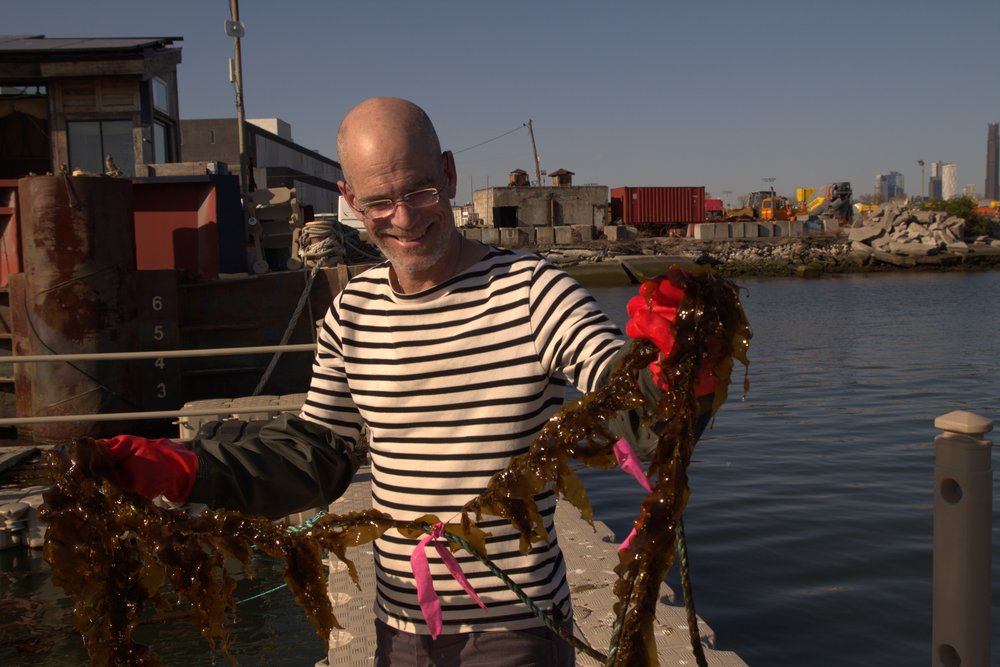 Bill to make Big Oil pay $3 billion annually for NY’s climate costs gains support
Bill to make Big Oil pay $3 billion annually for NY’s climate costs gains support